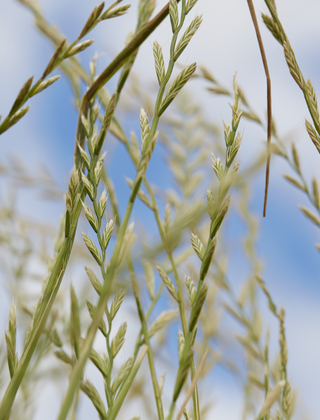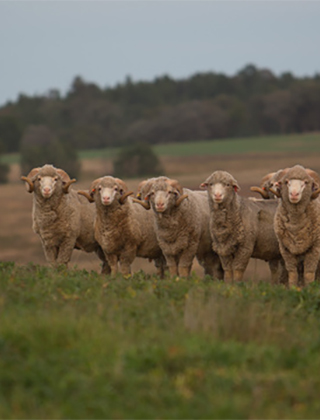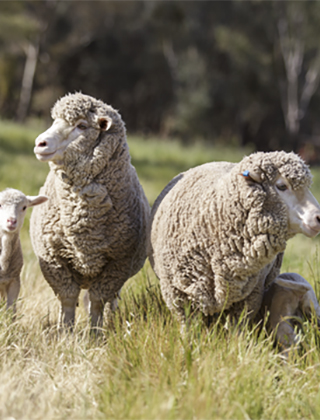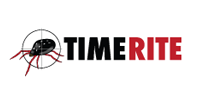Welcome to Australian Wool Innovation, a hub for the woolgrowers of Australia.
Not a woolgrower? Looking for information about wool products, wool care or wool processing?
The Woolmark Company is the global authority on wool. Visit Woolmark.com instead.
Wet and drying breeding ewes at lamb marking
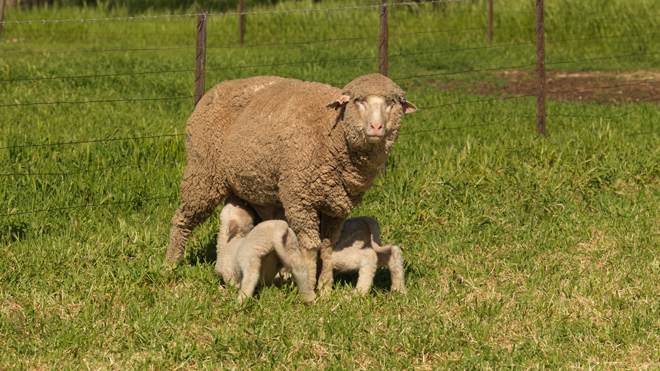
Lamb marking is a busy and critical day in the on-farm annual management calendar. But lamb marking isn’t only about the lambs, it is also a crucial time to sort through your ewes to check who has brought in a lamb for marking.
Wet and drying breeding ewes at lamb marking identifies ewes that have lambed and lost, as well as udder defects and abnormalities.
Undertaking this cheap, practical and simple on-farm procedure each year, and removing the ewes that fail to rear lambs from your breeding flock, reduces the impact of failed to rear ewes on your flock’s net reproduction rate (NRR) and improves enterprise performance over time.
Table 1 below outlines the difference in key performance indicators of passengers (ewes that fail to rear their lambs – the bottom 25% of reproductive performance) and performers (ewes that consistently rear their lambs – the top 25%).
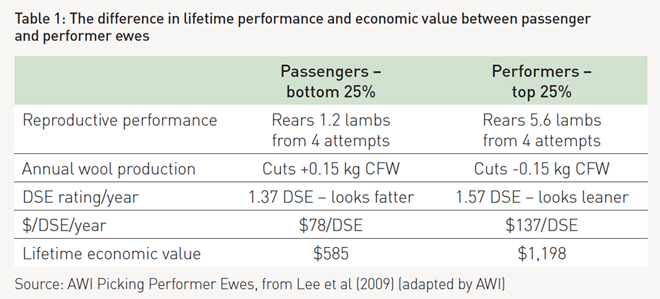
Ewes can differ massively in their reproductive performance, and the difference between economic value of passengers vs. performers is substantial over their lifetime. Notably, their dry sheep equivalent (DSE) rating and wool production is only marginally different.
The accuracy of wet and drying decreases the longer it is done after lambing; for example, when lambs are marked late or it is conducted at weaning. This is because the earlier lambers will have weaned their lambs and begun drying off and may be incorrectly identified as lambed and lost, when they are in fact some of your most productive ewes.
Whilst it may seem that one extra job at lamb marking is not possible, those producers who routinely wet and dry at lamb marking maintain that it is one of the more important jobs they conduct all year and are highly committed to the process.
One of the main upsides to identifying and removing lambed and lost ewes from the replacement breeding flock is that, in time, your NRR will become more consistent, and the impacts of adverse events (such as seasonal conditions) becomes less significant.
More information: www.wool.com/wet-and-dry
This article appeared in the Spring 2025 edition of AWI’s Beyond the Bale magazine that was published in September 2025. Reproduction of the article is encouraged.






